A few years ago I uploaded the images of a Hohner President saxophone brochure that I bought through eBay. This four page brochure is not dated, but the features on the altos and tenors illustrated in it, indicate that it was likely printed circa early 1950s. (View it in its entirety here.)
Although I have seen a few other Hohner brochures since I bought mine, I had never seen another one like it: until yesterday.
Yesterday I was notified about a Hohner President alto for sale on the German eBay site. Alto #6853 is from 1957, and is in remarkably condition. Besides having the original case—which is actually not at all protective—it comes with two original brochures.

While the one on the right is the one I own, I have not seen the one on the left before. The other Hohner brochures I have seen include saxophones as part of their product line, and are not exclusive to the Hohner President.
With regards to the alto for sale on eBay, as I noted, it is in lovely condition. It is a silver plated sax that shows remarkably few signs of wear.
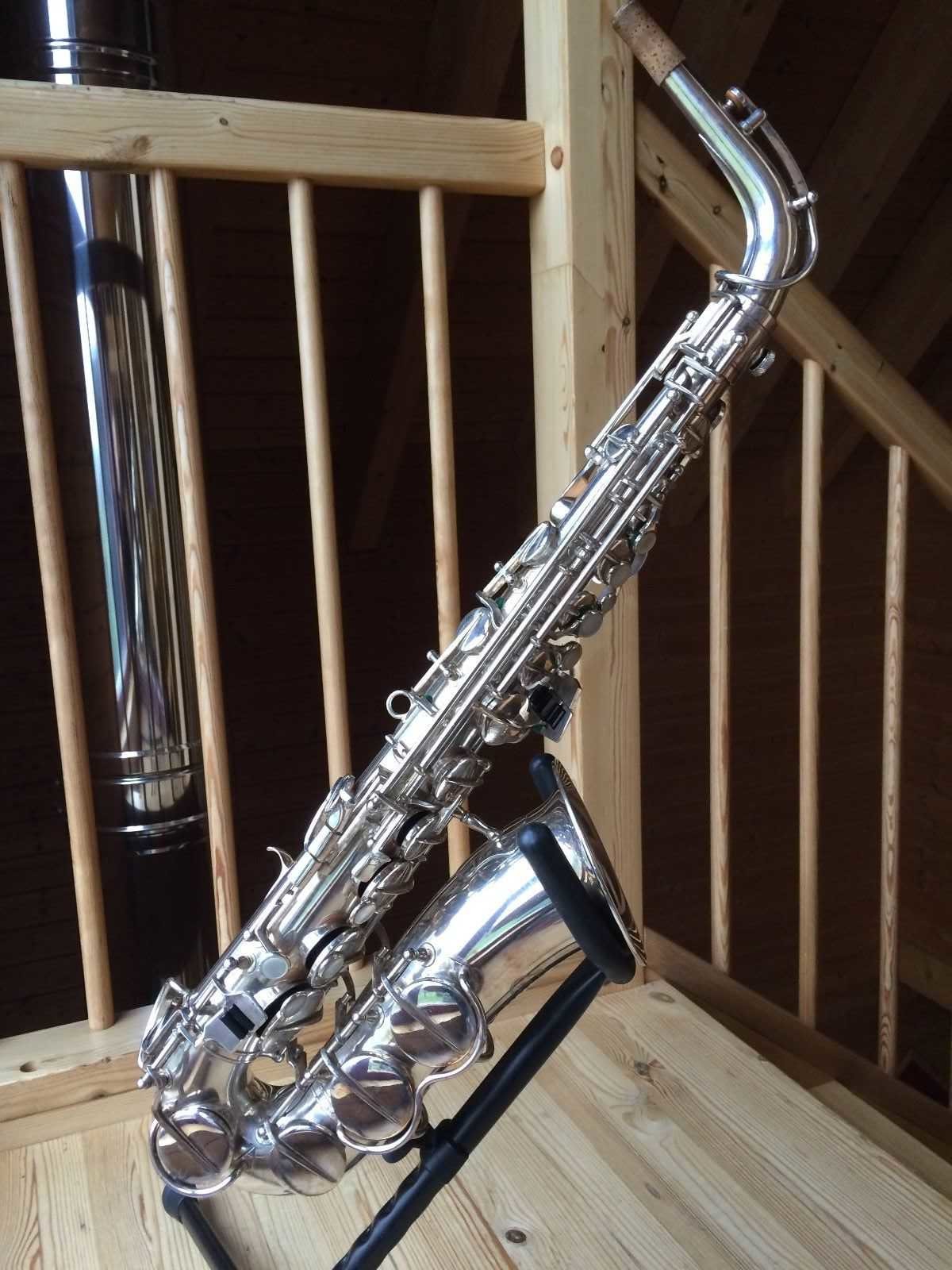
Looking at the photos the seller provided, it’s hard to believe that this horn is 58 years old…
The seller offers us very few details about this lovely alto. He/she simply states:
Hohner President Alto versilbert von 1957, hervorragender Zustand, keine Beulen oder Dellen,
vor 4 Jahren von Peter Neff generalüberholt, kaum gespielt, technisch und optisch einwandfrei,
im Originalkoffer mit Originalprospekten
Helen translate says:
Hohner President alto, silver plated from 1957. Excellent condition, no bumps or dents.
Four years ago it was overhauled by Peter Neff. Hardly played. Technically and visually in perfect condition.
In original case with original brochures.
What about those Hohner Saxophone Brochures?
Unfortunately the seller includes only a couple of photos of the alto pages of the brochure that I already have. However, even a quick glance reveals that this brochure is in German, while the one I have, which I did by locally from an eBay dealer, was obviously made for the English market.

The second page the seller included, is actually not just the description of the alto, but in fact the description of both it and the tenor versions of the Hohner President. Here is the same page in English. (Yes, the last bit is a bit different. The quote in German wouldn’t mean anything to anyone outside of Germany/mainland Europe, since they wouldn’t be familiar with the radio orchestra.)
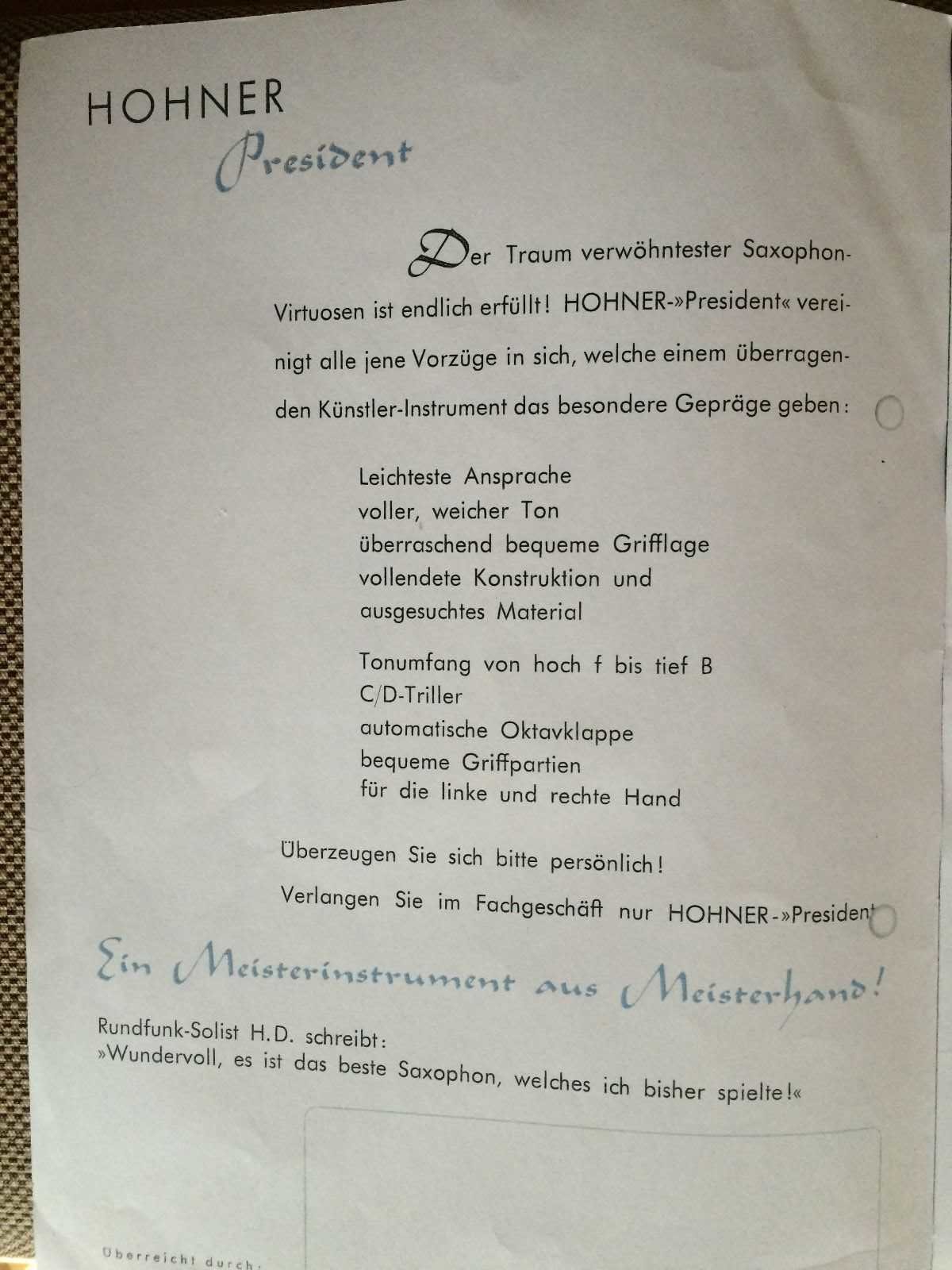
Just as an aside, I find it interesting that this horn was kept so pristine, and that its original brochures are still with it, but there is no sign of the original accessories that often accompanied the Hohner President. By that I mean: a cleaning swab, neck strap, reed holder, a stand, a mute, a mouthpiece, ligature, and cap.
True, it was customary for these features to be sold separately at the time, but if a buyer bought a case, there’s a pretty good chance that they at least would have bought a mouthpiece, cap, and lig. I would expect a horn that’s been this well maintained to at least still have that.
In any event, if you’re looking for a minty alto Hohner President, and this one floats your boat, you need to be living in Germany to buy it. Apparently the seller will only ship it to Germany.
The starting price for bids on this Hohner alto is €950.00, which xe.com estimates to be $1,037.90 US at the time of writing.
The auction for this horn is scheduled to end on January 24. So far no body has taken the plunge and bid on it. My prediction, at this price, it’s unlikely anyone will. But hey, I’ve been wrong before.

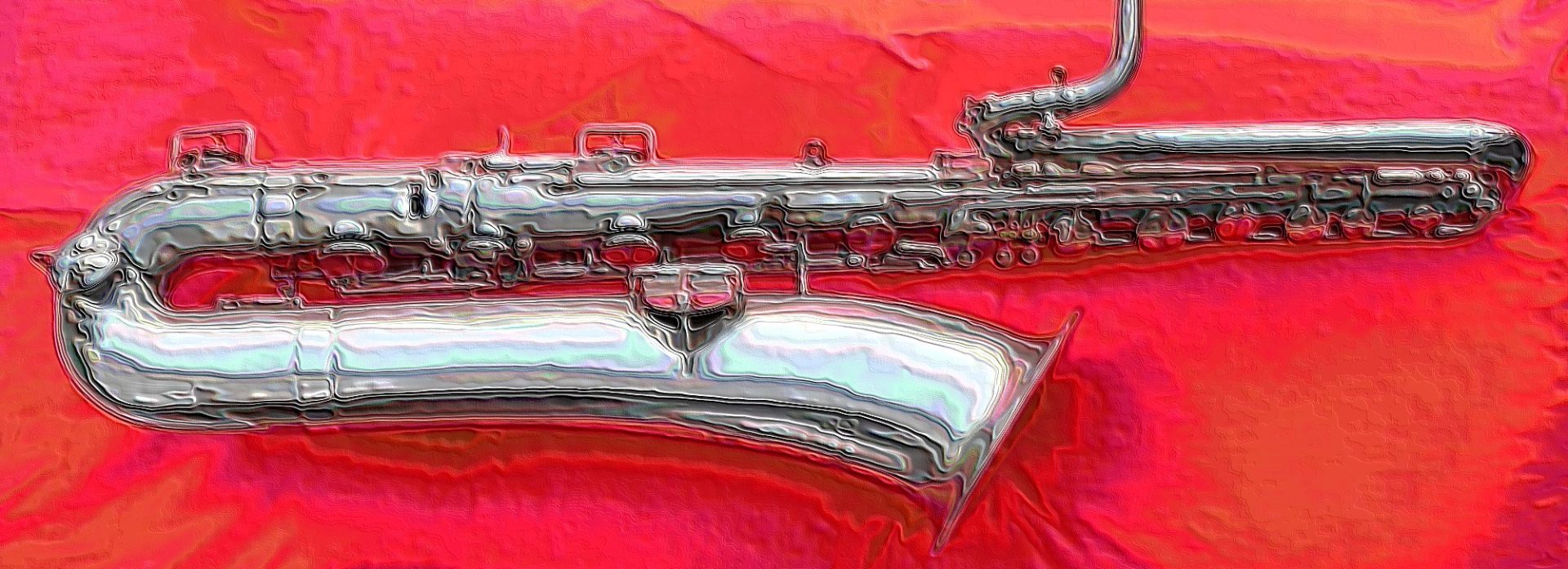
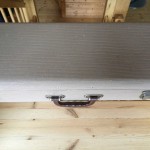



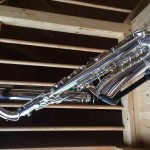
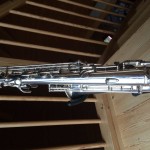
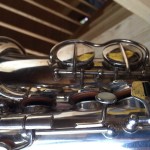
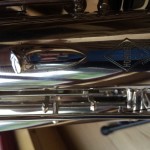

Both the English and German version of the brochure do not mention any edge in the sound.
The first Hohner presidents possessed some edge but this diminished in the following versions.
The German school of saxophone, influenced by Rascher, has as little edge as possible.
It seems to me that Hohner agreed with the German saxophone school on a zero target for edge.
This made the saxophone difficult to sell in the rest of the world.
I would really like to try some more Hohner tenors. My tenor (# 104XX) is the darkest of all the tenors I possess. So unless it is just an unusual horn, I’m wondering if they didn’t revert back to a more core tone-centred sound, with far less edge.
By changing the original neck out with the one I got from my tech’s wreck of a horn (#111XX), I introduce more overtones, and get a more “modern” sound if you will. I prefer that sound, but it is still much, much darker sounding than anything else in my other tenors. They include some big name horns such as: Toneking Series III, 1950 Zephyr, Mark VI, Martin Handcraft, Conn 10M, and Kohlert Regent. The only tenor that I have that comes close in its darkness to the Hohner is my Pierret tenor, but it is much softer in tone. Also, it is not restored so we really don’t know yet what it has the potential to sound like.
All this to say, if I had a chance to try more Hohner tenors and compare them to mine, then I would be able to make a fair comparison across the various serial # ranges. Now that would be a fun experiment! Then of course it would be have to be repeated for the altos, since I suspect the changed as well.
The Couesnon monopole conservatoir 2 tenor has also a pleasant darkness but is softer than the Hohner president. I played it in a shop with 400+ vintage saxophones.
I have never had the chance to play a Couesnon, but my Pierrets (both tenor and alto) are circa 1930, and both possess that dark—mostly core tone—but very soft soft, what I call early French sound. To me that sound is very different from the Selmers I have played of similar vintage. The Pierrets are, IMO anyway, much softer in sound.